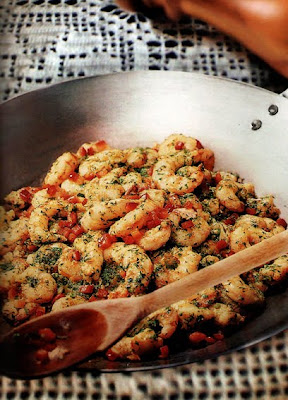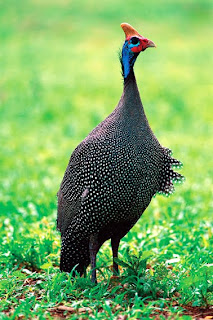
While researching in books and online for recipes for pastel dough, I discovered that the real experts in the art of pastel making all seem to swear by the same "secret ingredient" which guarantees a flaky, crunchy pastel, though it's really not much of a secret. They all say that the reason their wrapping comes out so well is that when mixing the ingredients, they add cachaça, the Brazilian sugar cane liquor. On a Brazilian website that offers questions and answers on every possible subject, someone asked why pastel dough was improved by the addition of cachaça, and the answer was this (my translation):
It's because the dough, though fried, doesn't absorb as much of the frying oil, and consequently ends up crunchy and full of little air pockets. Try making the dough without adding cachaça and you will see the difference. There isn't any change in texture of the dough or in flavor with cachaça, it's only when the pastel is dropped in the deep-fryer that it goes into action. Bom apetite!
(Do you think McDonald's uses cachaça in the dough for their pies? I somehow doubt it.)
So here's the standard recipe for pastel dough, with the obligatory shot of cachaça. As it's the alcohol that causes the dough to be less absorbative, I would think that other liquors, for example, vodka, would work equally well.
__________________________________________________
RECIPE - Pastel Dough (Massa para Pastel)
Enough for 50 pastels
2.2 lb (1 kg) all-purpose wheat flour
1 Tbsp. salt
1 Tbsp. chicken broth
1 Tbsp. lard
2 Tbsp. cachaça
2 cups warm water, approximately
--------------------------------------------------------------------------
Mix the flour and salt, then add the broth and lard. Add the cachaça to the warm water, and add to the dough in 1/4 cup quantities, mixing in thoroughly and stopping just when the dough forms a ball. Do not overmix or add too much water.
Form into a ball, then let rest for 15 minutes.
After 15 minutes, dough is ready for rolling out, filling and cooking as desired.
Recipe translated and adapted from website Tudo Gostoso, by UOL.









































